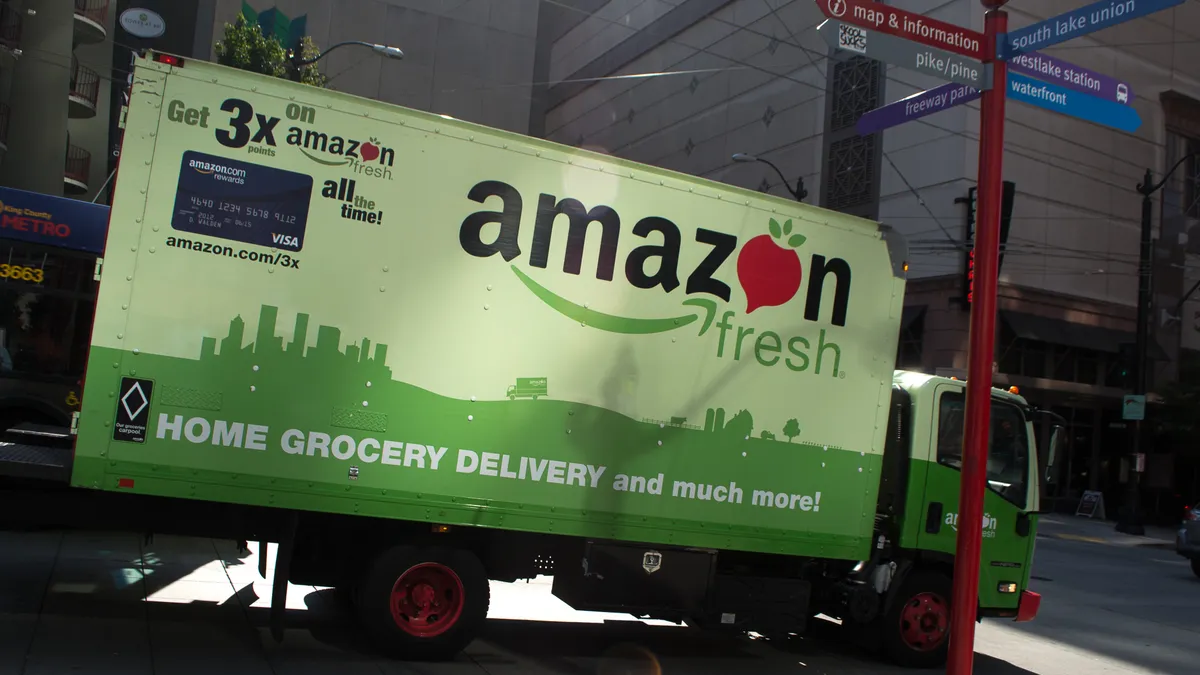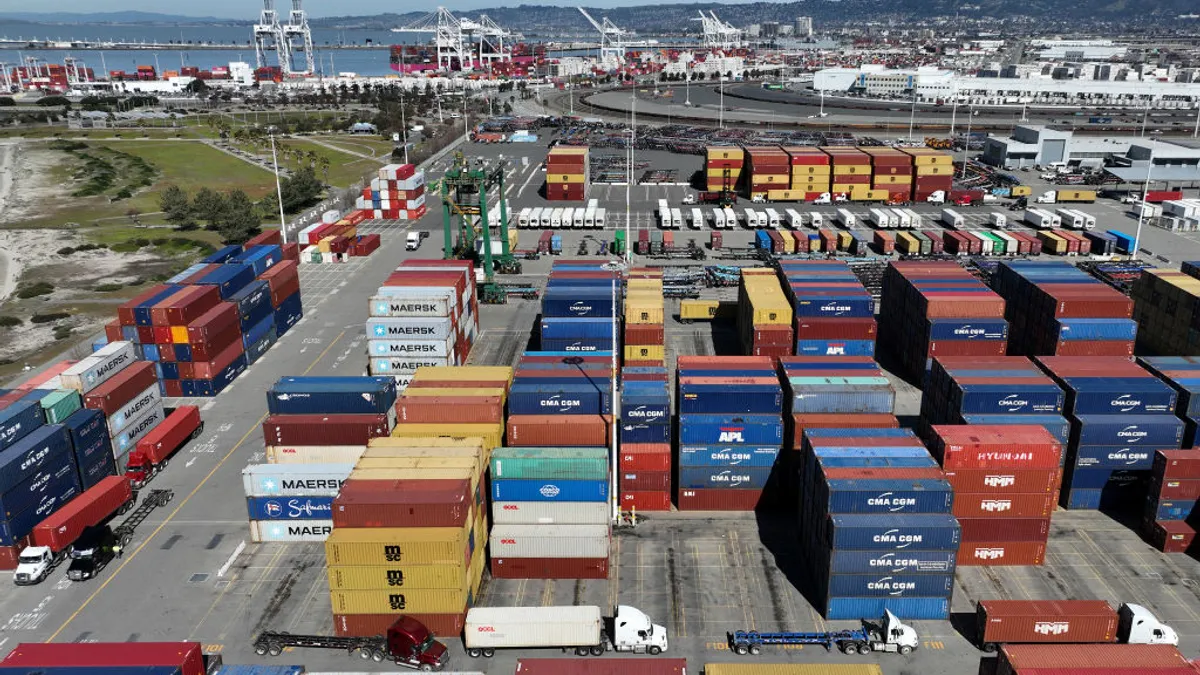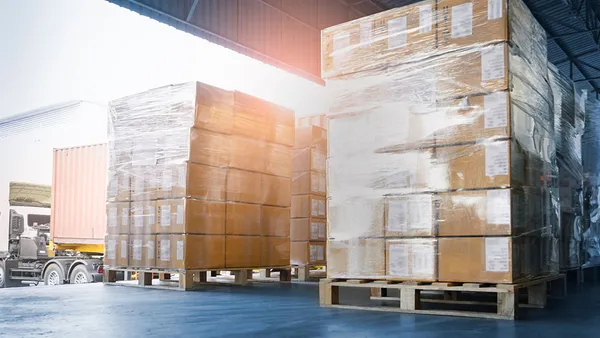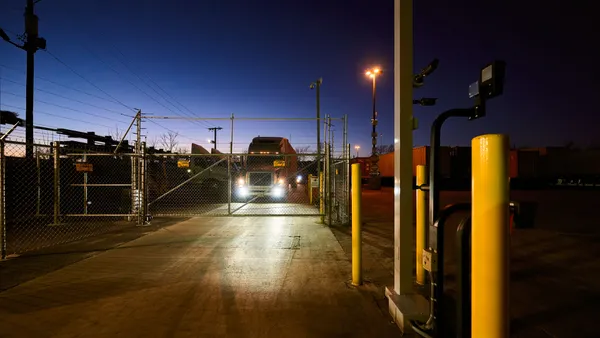Dive Brief:
- Amazon Go, the cashier-free Seattle store that uses sensing technology to track consumers and charge them for the items they select, is almost ready to open to the public, according to a company source interviewed by Bloomberg. The store was originally supposed to open early this year, but technical glitches have pushed that back as the company continues to test the system with employees.
- The store uses the same sensing technology as self-driving cars, and allows customers to scan a mobile app, select their products, walk out and be automatically charged by Amazon. The company has perfected much of this technology, according to the source, but still struggles with charging people who shop the store in groups.
- As further proof that Amazon Go is nearing primetime, the company has begun shifting its hiring on the project from engineers and scientists to construction managers and marketers responsible for a wider rollout. Amazon hasn’t discussed expansion beyond its Seattle pilot, though analysts believe the company will incorporate the technology into its Whole Foods stores.
Dive Insight:
Amidst all the news surrounding Amazon and Whole Foods, Amazon Go has slipped below the radar. But the high-tech store’s delayed opening shouldn’t turn people off to the significance of the format. Assuming Amazon eventually perfects the model, Go could become a major force in the industry.
As Bloomberg notes, most of the glitches in the system have been worked out, but store sensors still struggle to identify customers moving in groups. Kids are a challenge because they'll sometimes unwrap and eat products as they go through the store with their parents. Couples are also tricky — when a pair shops together, the technology has trouble sensing which person to charge.
Once Amazon gets all the kinks worked out, what does the future hold for Go? Analysts believe the e-tailer will apply the sensing technology to Whole Foods stores. However, that could prove difficult since these locations carry many more products and are many times larger than Go’s 1,800-square-foot formats.
Still, it seems Amazon could implement Go’s technology in some way at Whole Foods’ stores, perhaps to track shopper behavior.
The most promising route for Amazon may be to open a chain of Go stores in cities across the country. Small, urban retailing is becoming a growing focus for retailers like Target as well as convenience operators. Amazon Go taps into the same demand for quick trips that these locations do, with a very unique selling point to boot. Hundreds, even thousands of Go stores across the country, working in tandem with Whole Foods locations, could be devastating to other grocers.
Of course, the technology these stores employ is very expensive. Amazon may opt to slowly grow the format and instead focus on Whole Foods and its online shopping capabilities. If Amazon’s book stores are any indication, grocers may not have much to worry about. The e-tailer has opened just 13 of those locations across seven states after its launch two years ago.
















